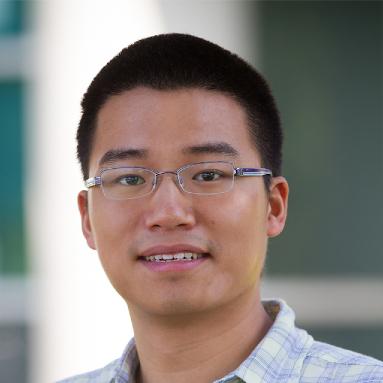
The fluid mechanics of blood play a critical role in the development, progression, diagnosis, and treatment of cardiovascular diseases. Our laboratory focuses on developing and applying novel image-based computational and experimental models for cardiovascular fluid mechanics, with some applications in the cerebrovascular system. These models are rooted in medical image processing, such as flow segmentation and anatomical reconstruction. Our computational techniques are based on fluid-structure interaction and machine learning-enabled flow models. The experimental models are based on physiological flow mock loops, particle image velocimetry, and magnetic resonance imaging.
Our current research projects include (1) understanding the blood flow environment in fetal circulation, congenital heart diseases, and heart valve diseases; (2) optimizing the design of medical devices such as stents, artificial heart valves, blood pumps, and ventricular assist devices; (3) enhancing surgical procedures and interventions for pediatric and adult heart diseases.
We also play an essential role in translating computer-aided personalized therapy into clinical applications. We have been assisting clinicians from the United States and worldwide to optimize surgical and interventional strategies for real-world patients.
In the classroom, I enjoy teaching students the fundamentals of biofluids and biosolids and relating them to real-world problems. I am particularly excited to mentor students on capstone projects to solve pressing challenges from the hospital and medical device industries.

The fluid mechanics of blood play a critical role in the development, progression, diagnosis, and treatment of cardiovascular diseases. Our laboratory focuses on developing and applying novel image-based computational and experimental models for cardiovascular fluid mechanics, with some applications in the cerebrovascular system. These models are rooted in medical image processing, such as flow segmentation and anatomical reconstruction. Our computational techniques are based on fluid-structure interaction and machine learning-enabled flow models. The experimental models are based on physiological flow mock loops, particle image velocimetry, and magnetic resonance imaging.
Our current research projects include (1) understanding the blood flow environment in fetal circulation, congenital heart diseases, and heart valve diseases; (2) optimizing the design of medical devices such as stents, artificial heart valves, blood pumps, and ventricular assist devices; (3) enhancing surgical procedures and interventions for pediatric and adult heart diseases.
We also play an essential role in translating computer-aided personalized therapy into clinical applications. We have been assisting clinicians from the United States and worldwide to optimize surgical and interventional strategies for real-world patients.
In the classroom, I enjoy teaching students the fundamentals of biofluids and biosolids and relating them to real-world problems. I am particularly excited to mentor students on capstone projects to solve pressing challenges from the hospital and medical device industries.
